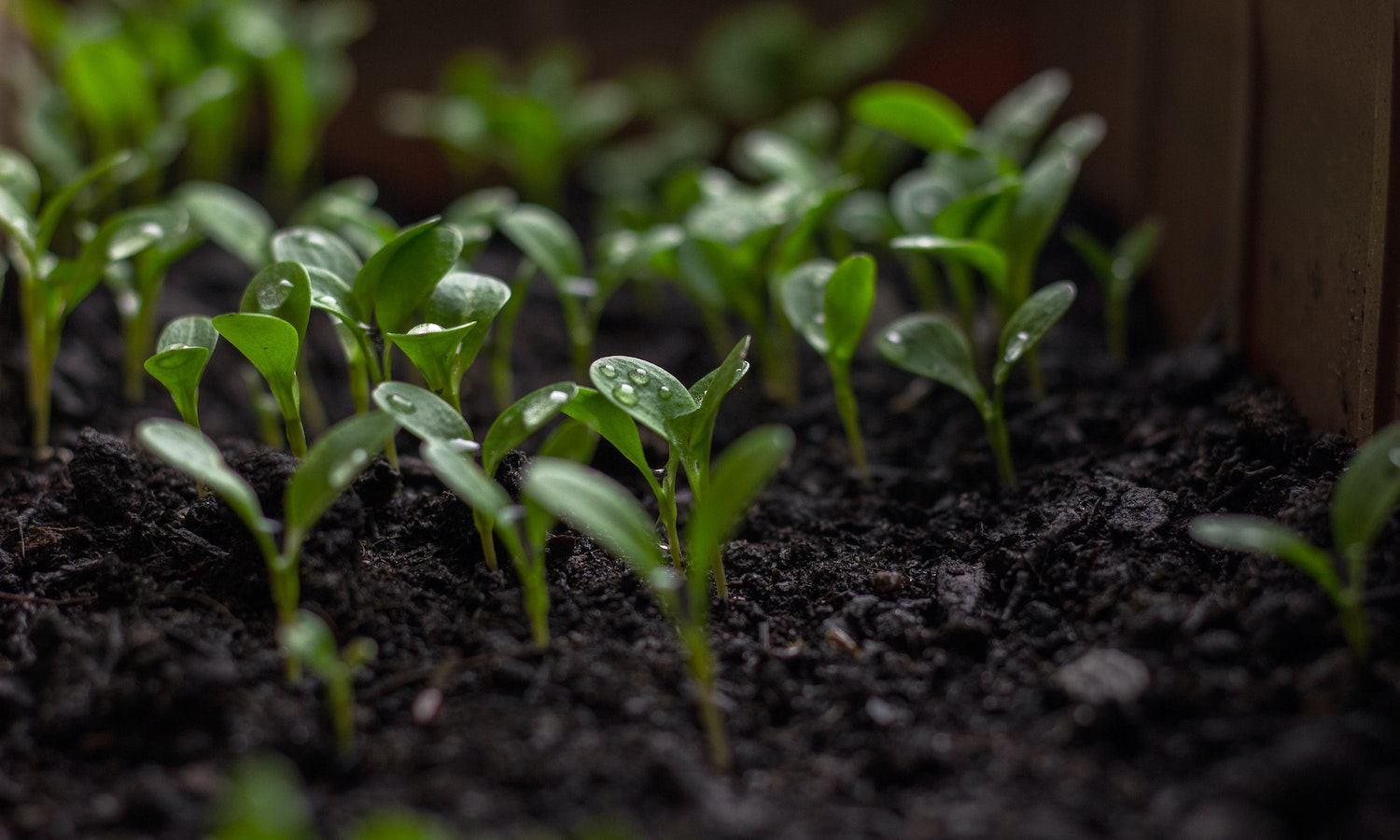#WorldSoilDay 2022 raises awareness of how sustaining soil health is crucial to the wellbeing of humans and healthy ecosystems.
From where does food come?
Food starts in the soil.
Do you know that, according to the U.N. Food and Agriculture Organization, 95 percent of our food is produced directly or indirectly from soil?
We are all connected to the earth.
The cornerstone of agriculture is the soil. Crops grow in soil, and then nourish humans, domesticated animals, and even aquaculture, tying our whole food system to soils. The vital nutrients and minerals that plants require to flourish are stored and cycled in soils, which serve as a pantry for plants. Farmers would not be able to give us feed, fiber, food, and fuel without good soils. Healthy soils act as a foundation for plants, supporting roots and holding plants upright for growth, much as the foundation for a home is important. To build and firm up the base, we must conserve soil and freshwater.
Our life support system is the soil. Roots cling to soils, which store water and minerals. The U.S. Department of Agriculture states that “for each 1 percent increase in organic U.S. cropland could store the amount of water that flows over Niagara Falls in 150 days.” That is a lot of water! Soils are living, biodiverse ecosystems, home to earthworms and termites, as well as a vast array of microscopic organisms that fix nitrogen and break down organic materials.
Human life would be impossible without soil, as soils provide numerous services in addition to food, feed, fuel, and fiber. Soils absorb and control the discharge of rainwater, preventing flooding. Soils store significant amounts of organic carbon (one estimate is 2,500 gigatons) and may contribute to climate mitigation; today they remove nearly 25 percent of the world’s annual emissions from fossil fuels. Soil filters pollutants, protecting the quality of groundwater. Soil provides a number of necessary building and manufacturing materials; for example, clay makes bricks for our homes, as well as dishes and coffee cups; clay also serves as a record of previous environmental conditions.
The general properties of soils, known as “soil functions,” are critical for a wide range of agricultural, environmental, conservation, landscape architectural, and urban uses. The degradation of our soils and loss of organic matter is a threat. Today, we must commit to safeguarding healthy soils, which provide better crop yields and stress resistance to farmers and plants, respectively.
Today we join the world in celebrating World Soil Day. Let’s protect and sustain our soils and the environment.
Articles like the one you just read are made possible through the generosity of Food Tank members. Can we please count on you to be part of our growing movement? Become a member today by clicking here.
Photo courtesy of onehundredseventyfive, Unsplash







